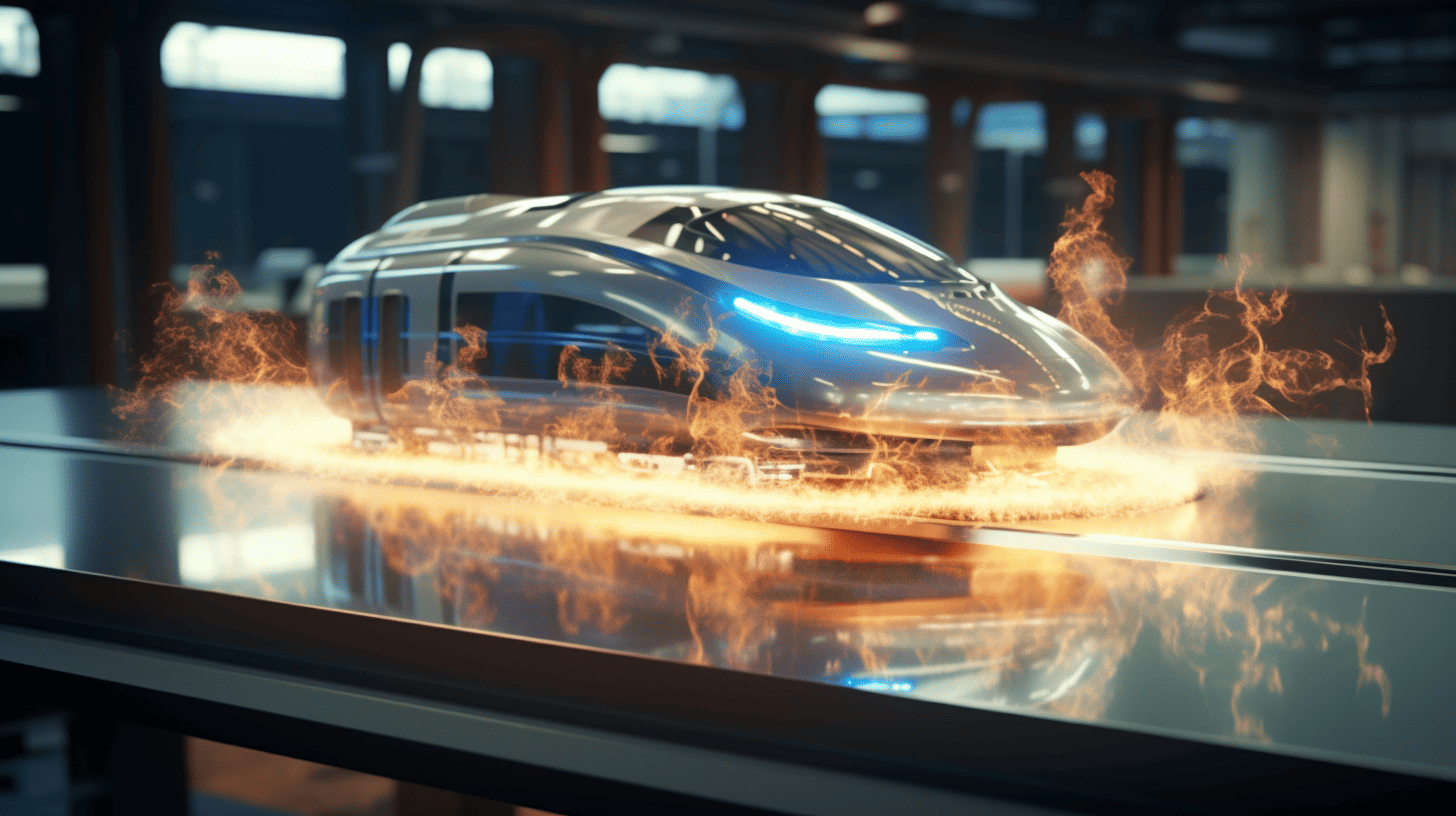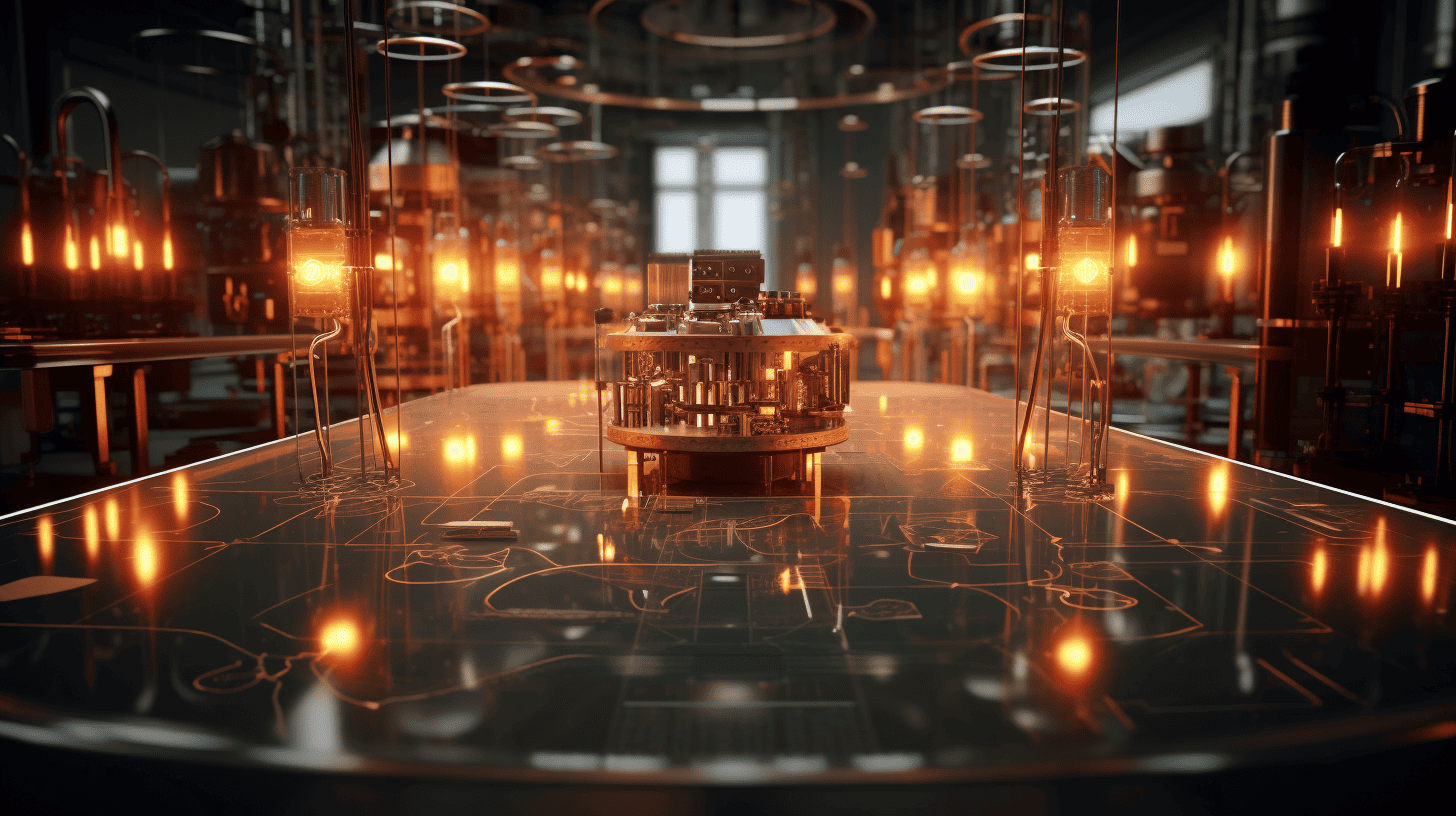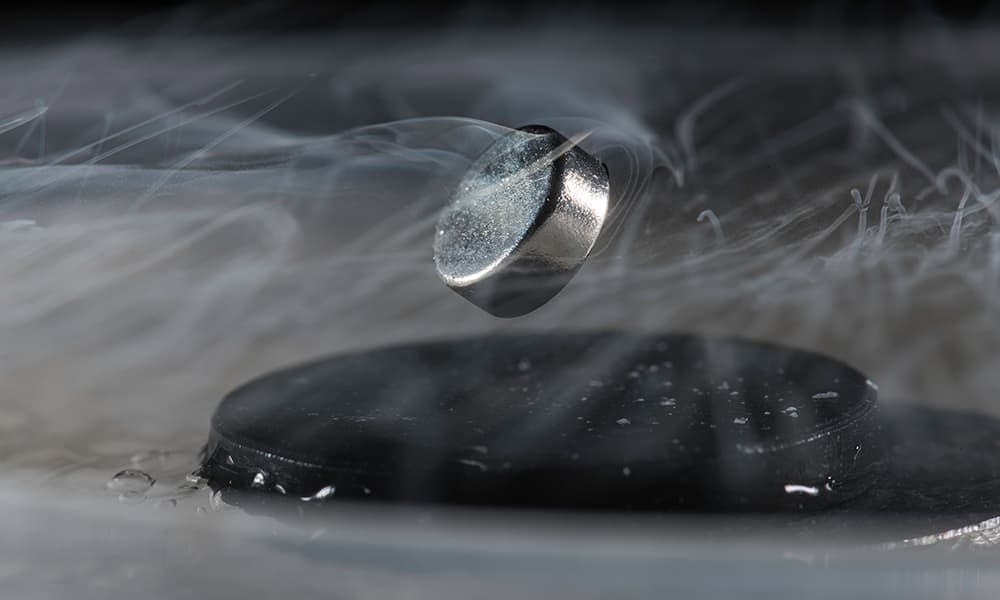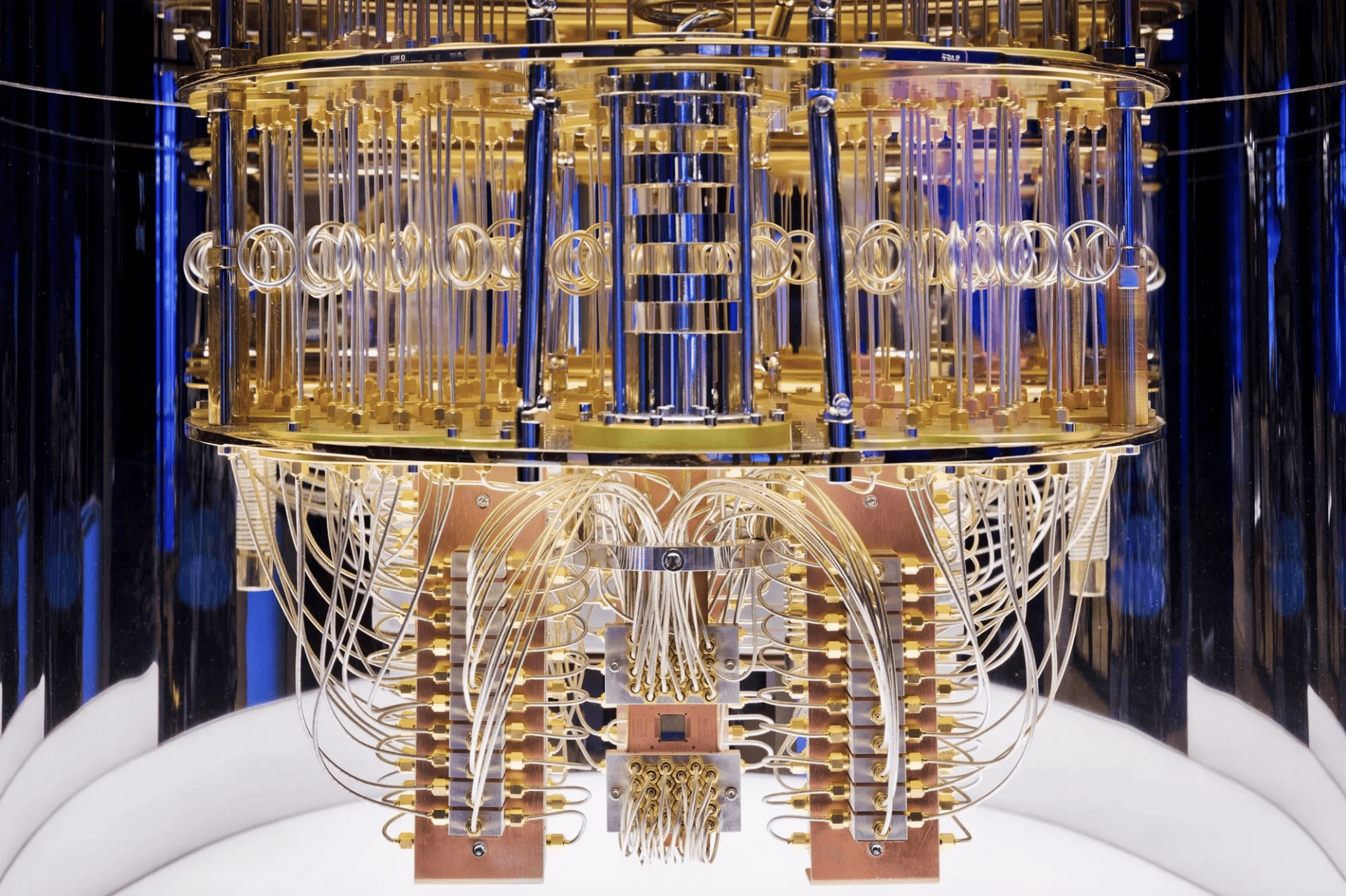
If LK-99 can indeed operate as a superconductor at room temperature and ambient pressure, it could revolutionize various fields, including computing, consumer electronics, and magnets. It could enhance computing performance, especially in fields like artificial intelligence, where trillions of transistors could work in tandem. It could also revolutionize applications involving magnets, such as maglev trains or fusion reactors.
But yes, there’s a big ‘if...’ here.
- Superconductivity at room temperature opens up possibilities for applications such as resistance-free power transmission.
- Research has shown the possibilities, but some claims have been countered.
The debate around superconductors at room temperature and ambient pressure is not new. Research – and the debunking of its results – has been going on for decades. LK-99 (from the Lee-Kim 1999 research) is a gray-black, polycrystalline compound that potentially is a room-temperature superconductor. It is said to have a hexagonal structure slightly modified from lead‒apatite by adding small amounts of copper. A team from Korea University led by Sukbae Lee and Ji-Hoon Kim began studying this material in 1999. They claim that LK-99 acts as a superconductor at temperatures below 400 K (127 °C; 260 °F) and at ambient pressure. There are doubts, though. The scientific community has not validated the superconductivity of LK-99 at any temperature through peer-reviewed processes or independent replication by other research groups.

Andrew McCalip, an R&D engineer with California-based Varda Space Industries, has been at the forefront of public, independent replication efforts around the serendipitous superconductor, open-sourcing his work through Twitter and live-streaming the cooking process over Twitch. Despite the incomplete instructions and growing skepticism around the substance’s magnetic properties, McCalip is undeterred. Reports of other teams trying to replicate the results have emerged, but the results and theories remain inconsistent. Unfazed by the uncertainty, McCalip continues his scientific quest, understanding that groundbreaking discoveries often require persistence and repeated trials.
The unfolding drama around LK-99
The race to replicate LK-99, a potential superconductor operable at room temperature and ambient pressure, is not confined to McCalip’s DIY laboratory. Institutional labs in the US, China, France, and India, along with a host of DIY enthusiasts, have taken up the challenge of reproducing the Korean team’s results, providing a fascinating insight into the scientific verification process. The efforts are playing out across various platforms, from advanced laboratories to kitchen countertops, and are being keenly documented on social media platforms like Twitch and Twitter.

However, the journey is fraught with challenges. The results have varied from outright failures to partial successes, with no clear consensus emerging. The original instructions for the synthesis of LK-99, involving the combination of lanarkite, apatite, and copper, have been described as incomplete, adding to the complexity of the replication attempts.
Is LK-99 truly a superconductor?
Adding to the drama is the ongoing debate about the true nature of LK-99. The claims of its superconductivity have been met with considerable skepticism. Several inconsistencies in the data and a lack of the basic tests typically used to confirm superconductivity have raised eyebrows in the scientific community. These issues have not been fully addressed in the original paper, further fuelling the controversy.
Despite these uncertainties, some intriguing observations have been made. In several experiments, LK-99 has shown signs of the Meissner effect, a phenomenon where a superconductor expels a magnetic field. However, the significance of this in confirming room-temperature superconductivity remains uncertain, with experts emphasizing the need for further cross-checking and careful analysis.
The journey continues
Whether LK-99 will eventually be confirmed as a superconductor remains to be seen. Regardless of the outcome, this journey underscores the importance of persistence, scrutiny, and openness in scientific research. As McCalip and others continue their work, the world watches eagerly for the next development in this intriguing scientific drama.








